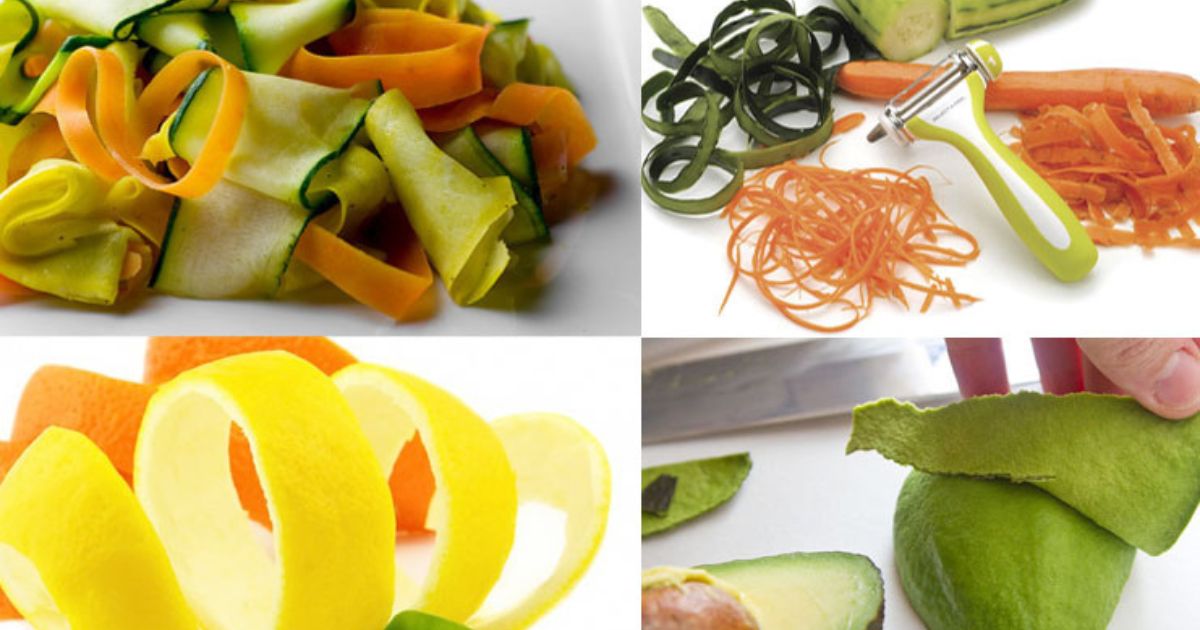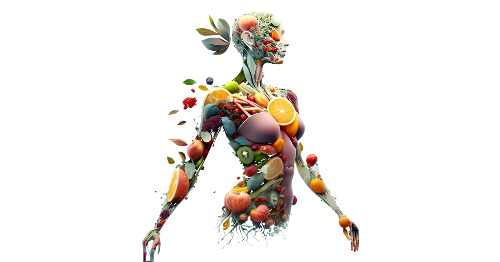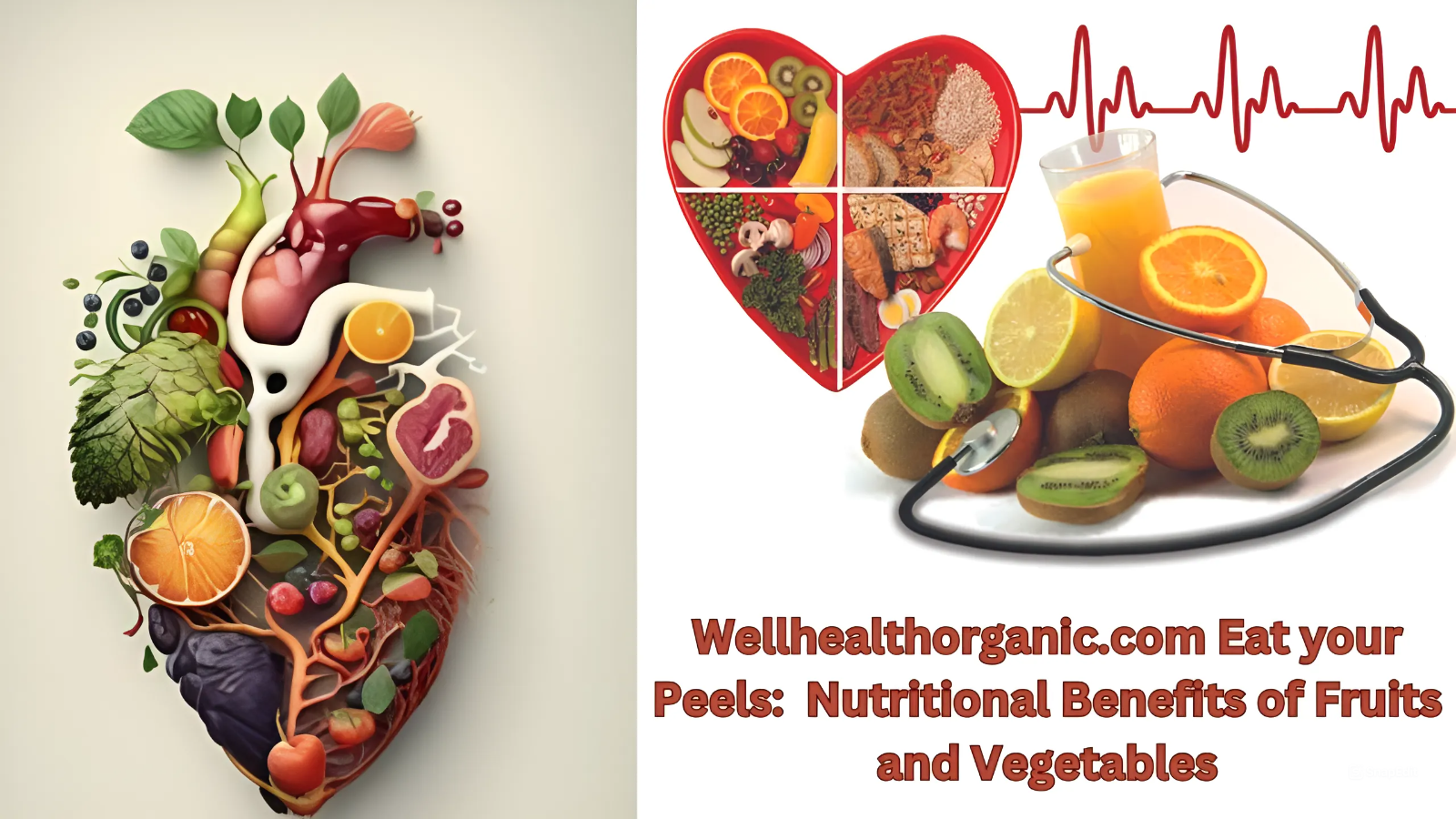In the quest for a healthier diet, we often focus on the flesh of fruits and vegetables, neglecting the nutritious treasure that lies in their Eat your Peels. Vegetables and fruit peels are often discarded, but they are packed with essential vitamins, minerals, and fiber that can significantly contribute to our well-being. Let’s delve into the world of peels and discover why they should be a regular part of our diet.
Vegetable and fruit peels refer to the outer protective layer of these edible plants. They encompass the skin or rind that encases the flesh, seeds, or pulp of various fruits and vegetables.
While many people instinctively remove peels before consuming fruits and vegetables, doing so means missing out on a plethora of nutrients. By including peels in our diet, we can harness their nutritional benefits and promote overall health and wellness.
Types and Categories of Vegetable and Fruit Peels

Common Types of Vegetable Peels
- Potato Peels: Potato peels are the outer layer of potatoes, usually removed before cooking or consumption. They contain a significant amount of nutrients, including potassium, vitamin C, and fiber. These peels also contain antioxidants, such as flavonoids and phenolic compounds, which contribute to their health benefits.
- Carrot Peels: Carrot peels refer to the thin outer layer of carrots, often discarded during food preparation. However, they are rich in beta-carotene, which is converted into vitamin A in the body. Additionally, carrot peels contain fiber and vitamin K, making them nutritious and beneficial for health.
- Cucumber Peels: Cucumber peels are the green outer skin of cucumbers, commonly peeled off before consumption. Yet, these peels contain antioxidants like flavonoids and tannins, which have anti-inflammatory properties. They also provide dietary fiber, contributing to digestive health.
- Beetroot Peels: Beetroot peels are the tough outer layer of beetroots, typically removed before cooking. However, they are rich in fiber and contain betalains, which have antioxidant and anti-inflammatory effects. Including beetroot peels in your diet can support cardiovascular health and reduce inflammation.
- Pumpkin Peels: Pumpkin peels are the outer skin of pumpkins, often discarded along with the seeds. Yet, they are a good source of beta-carotene, vitamin C, and fiber. These peels also contain antioxidants that promote immune function and skin health.
Popular Fruit Peels
- Apple Peels: Apple peels are the thin, outer skin of apples, commonly eaten along with the flesh. They contain a significant amount of vitamin C, potassium, and dietary fiber. Additionally, apple peels contain phytochemicals like flavonoids and phenolic acids, which have antioxidant properties.
- Pear Peels: Pear peels refer to the thin, outer layer of pears, usually consumed along with the fruit. They are a good source of dietary fiber, vitamins C and K, and antioxidants. Including pear peels in your diet can support digestive health and cardiovascular function.
- Mango Peels: Mango peels are the tough outer skin of mangoes, often discarded due to their bitter taste. However, they are rich in antioxidants, including phenolic compounds and carotenoids. Mango peels also provide fiber and vitamin C, contributing to overall health.
- Citrus Peels (Orange, Lemon, Lime): Citrus peels are the zest or outer layer of oranges, lemons, and limes, commonly used as flavorings in cooking and baking. They are rich in vitamin C and flavonoids, which have antioxidant and anti-inflammatory properties. Citrus peels also contain essential oils that add aroma and flavor to dishes.
- Banana Peels: Banana peels are the thick, outer skin of bananas, typically discarded before eating. However, they are edible and contain fiber, potassium, and antioxidants. While not commonly consumed directly, banana peels can be used in recipes or smoothies to add nutritional value.
Nutritional Value of Vegetable and Fruit Peels
| Nutrient | Benefits | Food Sources |
|---|---|---|
|
Essential for vision, immune function, and skin health | Carrot peels, pumpkin peels, mango peels |
|
Powerful antioxidant, supports immune function | Citrus peels, apple peels, cucumber peels |
|
Important for blood clotting and bone health | Kale peels, spinach peels, beetroot peels |
|
Protects cells from oxidative damage | Almond peels, sunflower seed peels, avocado peels |
|
Regulates fluid balance, nerve function, and muscle contractions | Potato peels, banana peels, pear peels |
|
Involved in energy production and muscle function | Spinach peels, almond peels, avocado peels |
|
Essential for bone and teeth health | Broccoli peels, kale peels, dairy product peels |
|
Necessary for oxygen transport and immune function | Spinach peels, beetroot peels, lentil peels |
|
Promotes digestive health and helps maintain a healthy weight | All vegetable and fruit peels |
Health Benefits of Eating Vegetable and Fruit Peels

Improved Digestive Health
The high fiber content in vegetable and fruit peels supports digestive health by promoting regular bowel movements, preventing constipation, and reducing the risk of gastrointestinal disorders such as diverticulosis and hemorrhoids.
Boosted Immune System
The vitamins, minerals, and antioxidants found in peels strengthen the immune system, helping the body defend against infections, viruses, and chronic diseases. Vitamin C, in particular, plays a crucial role in immune function by stimulating the production of white blood cells and antibodies.
Enhanced Skin Health
The antioxidants and vitamins present in vegetable and fruit peels contribute to healthy skin by protecting against UV damage, reducing inflammation, and promoting collagen production. Regular consumption of peels can result in a radiant complexion and improved overall skin texture.
Weight Management and Satiety
The fiber-rich nature of peels helps promote satiety and prevent overeating, making them a valuable addition to weight management efforts. By keeping you feeling full for longer periods, peels can aid in controlling appetite and reducing calorie intake.
Reduced Risk of Chronic Diseases
Eating vegetable and fruit peels is associated with a lower risk of chronic diseases such as heart disease, diabetes, and cancer. The antioxidants and phytochemicals present in peels help combat oxidative stress, inflammation, and cellular damage, which are underlying factors in many chronic conditions.
Heart Disease
The fiber, potassium, and antioxidants in peels support heart health by lowering cholesterol levels, regulating blood pressure, and reducing the risk of atherosclerosis and heart attacks.
Diabetes
The fiber and antioxidants found in peels help stabilize blood sugar levels, improve insulin sensitivity, and reduce the risk of type 2 diabetes. Incorporating peels into the diet can be especially beneficial for individuals with diabetes or prediabetes.
Conclusion
The often-overlooked vegetable and fruit Eat Your Peels offers a treasure trove of nutritional benefits that should not be ignored. From vitamin-rich potato and carrot peels to antioxidant-packed apple and citrus peels, incorporating these often-discarded parts into your diet can significantly enhance your overall health and well-being.



